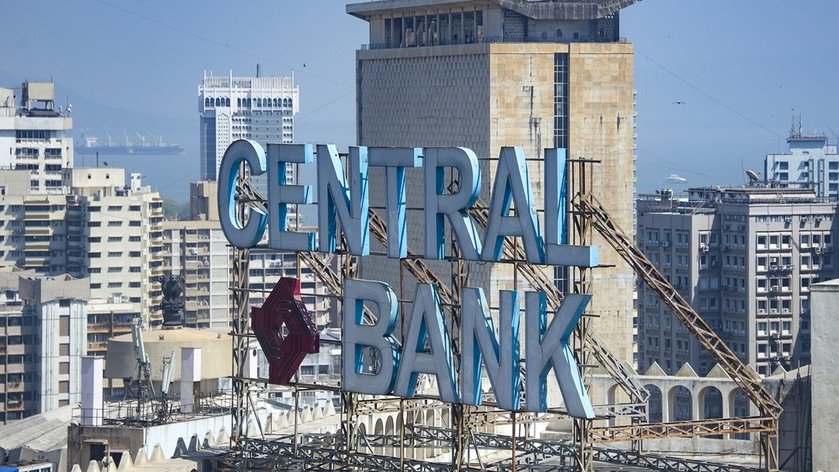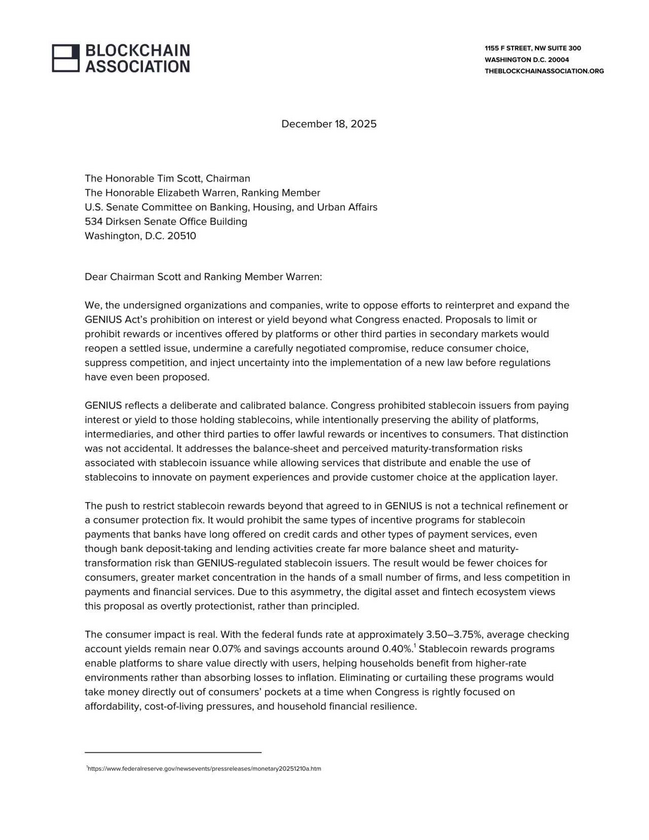National and regional governments around the world have been exploring central bank digital currencies (CBDCs), powered by distributed ledger technology (DLT). CBDCs are similar to cryptocurrencies, however, they are issued and regulated by the central bank or monetary authority of a region; they are pegged to the fiat value of the issuing country or region.
Some central banks and monetary authorities are still in the research stage of their CBDC, while others have begun the testing of various technical solutions for their CBDC.
One of the top-ranking monetary authorities working towards the creation and issuance of a CBDC is the European Central Bank. On November 7, the European Central Bank and the European Commission jointly organized and held The Digital Euro Conference; the conference focused solely on topics related to the creation of a European CBDC, the digital euro. The research phase of the digital euro kicked off about a year ago.
CBDC in Emerging Markets
The yearning for the digitalization of currency has spread to emerging markets, likewise. In a recently published survey paper by the Bank for International Settlements (BIS), authored by Enrique Alberola-Ila and Ilaria Mattei, responses from 19 African central banks were recorded; the survey analyzed the development, motivations and concerns of CBDCs in Africa relative to other emerging and developing regions.
All the African central banks surveyed in the report say they are analyzing CBDCs; however, only a few have started to build an actual CBDC system. The governments and central banks in Africa have long explored ways to introduce digital means of savings and settlements to its many unbanked citizens. Mobile money services, operated mostly by telecom operators, are very popular in sub-Saharan Africa and have become the go-to financial service. A GSMA report indicates that Africa accounts for 70% of the world’s $1 trillion mobile money market. Despite the success of mobile money in Africa, half of the surveyed central banks in the BIS survey believe that CBDCs can provide a superior solution to mobile money. Like their counterparts in other regions of the world, African central banks are exploring CBDCs to achieve greater payment system efficiency.

The Central Bank of Nigeria (CBN) is the only African monetary authority that has issued a retail CBDC; on October 25, 2021, the CBN unveiled its CBDC called the eNaira.
The Bank of Ghana (BOG), Ghana’s central bank, has also started the pilot phase of its retail CBDC. BOG partnered with Giesecke+Devrient (G+D), a Munich-based security technology company, to develop its CBDC.
According to a Bloomberg news release in February, Zambia’s central bank announced it would complete research on forming a CBDC by the fourth quarter of 2022.
The South African Reserve Bank (SARB) piloted Project Khoka as an experimental project to assess the performance, scalability, privacy, resilience, and finality of a blockchain-based solution in real-world banking sectors and under realistic conditions. SARB and seven other South African banks formed a consortium and created a blockchain-based interbank system, Project Khoka, which runs on Quorum, ConsenSys’ open source enterprise-grade blockchain platform. South Africa also participated in a BIS brainchild Project Dunbar (mCBDC), a multi-currency project created to explore the possibilities of cross-border settlements using different CBDCs. Other collaborators in Project Dunbar were the central banks of Australia, Singapore, and Malaysia.
The Central Bank of Kenya (CBK) released a discussion paper in February that examines the applicability of a CBDC in Kenya. The paper highlights the potential and perceived risks associated with launching a CBDC. In the the discussion paper, the CBK hints that the focus of CBDC innovation must be on functionality and the problems it resolves for the people rather than the underlying technology.
Côte d’Ivoire, Madagascar, Namibia, Rwanda, and a few other African countries are still at an exploratory stage of their CBDC project. Madagascar’s central bank has started the research phase of its CBDC Project e-Ariary, named after its national currency. In June 2021, the National Bank of Rwanda announced that it was embarking on research to study the possibilities of issuing its own CBDC; the research is slated to be concluded by the end of December, and the government is expected to announce its stance on the issuance of a CBDC.
CBDC Developments Around the Globe
Data from Atlantic Council’s central bank digital currency tracker page reveal that many countries are exploring alternative international payment systems. Key findings on the site state that 105 countries, representing 95% of global GDP, are exploring a CBDC; 19 of the G20 countries are exploring a CBDC. Several CBDC experimental projects have been launched as countries seem to be in a race for the future of money.
BIS in collaboration with the Hong Kong Monetary Authority, the Bank of Thailand, the Digital Currency Institute of the People’s Bank of China and the Central Bank of the United Arab Emirates started the Multiple CBDC Bridge project also known as Project mBridge, aimed at eliminating the pain points and frictions currently experienced in cross-border settlement systems by creating a common platform for multiple CBDC settlement. mBridge is a technical, shared platform that directly connects multiple digital central bank money. In the latest BIS report on Project mBridge, BIS says it has created a new proprietary blockchain called the mBridge Ledger; the new blockchain network, custom-built for central banks, has been tested with real-value transactions among 20 commercial banks from four different jurisdictions, according to BIS.
Other interesting CBDC developments are happening in Europe. The Banque de France and the Banque centrale du Luxembourg, the monetary authority in both countries, along with the European Investment Bank (EIB) conducted a settlement trial – Project Venus, via a tokenization platform operated by Goldman Sachs, in which a Є100 million bond was settled using a CBDC. This is a bold step in the development of digital native bonds.
Ricardo Mourinho Félix, EIB Vice-President said: “Blockchain has the potential to disrupt a wide range of sectors. It plays a central role in the success of Europe’s green and digital transitions, and strengthens our technological sovereignty. Innovation is part of the EIB’s identity and issuing this fully digital bond is another important step in helping to develop a fully digital ecosystem.”
The National Bank of Ukraine launched the ‘e-hryvnia’ project research phase in September last year. In a notice released on November 28, Deputy Governor of the National Bank of Ukraine Oleksiy Shaban said: “the development and implementation of the e-hryvnia could be the next step in the evolution of the payment infrastructure of Ukraine. It will contribute to the digitalization of the economy, the further spread of cashless payments, the reduction of their cost, the increase in the level of their transparency and the increase of trust in the national currency in general.”
Ukraine has firsthand experienced the benefits of digital assets as it has received cryptocurrency donations worth millions of dollars, as support in its ongoing war with Russia.
The Reserve Bank of India also says it will kick off testing of its retail CBDC the digital rupee. The test will initially take place in four cities – Mumbai, New Delhi, Bengaluru, and Bhubaneswar – before extending to nine more cities.
The power of distributed ledger technology, especially blockchain, is being harnessed by governments and central banks in all continents of the world; this emerging technology and its asset class is, no doubt, here to stay.































